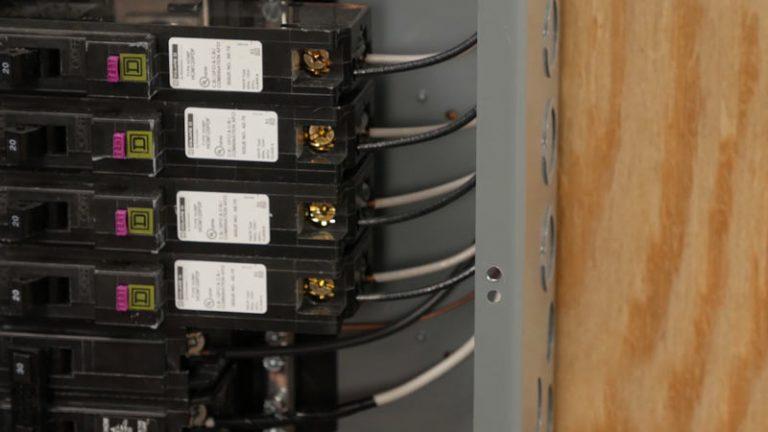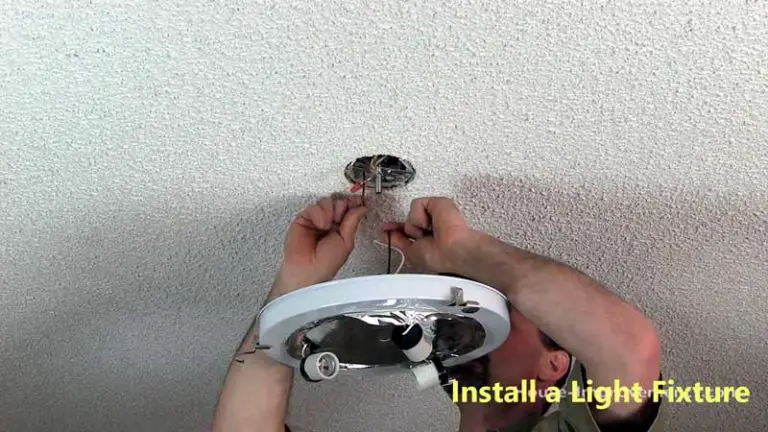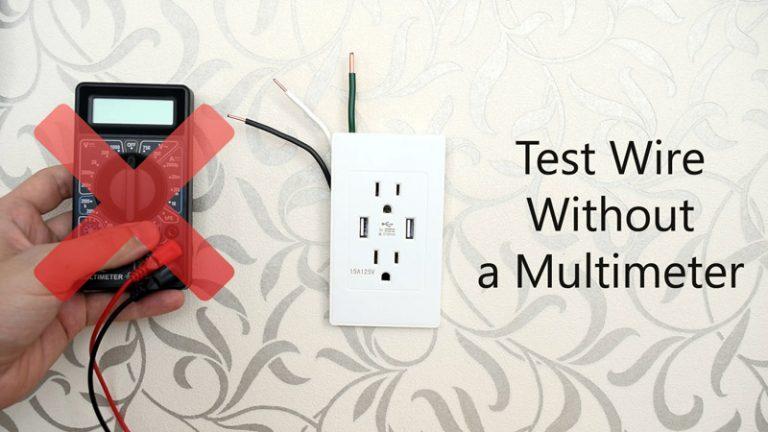Will a GFCI Outlet Work without a Neutral?
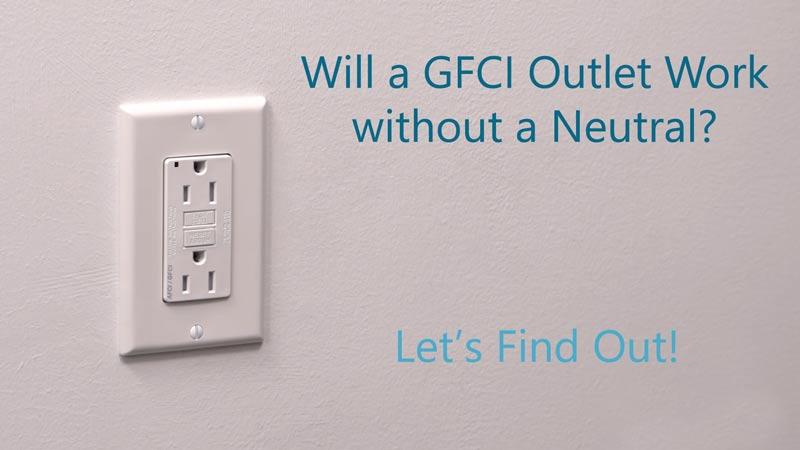
A GFCI outlet requires a neutral wire to function properly. However, it does not require a ground wire to provide shock protection. If your home wiring does not have a ground, you can still install a GFCI outlet to improve safety.
Ensure appliances are compatible with the circuit. If in doubt about whether an appliance is compatible, consult the manufacturer’s website or call them for support before using the outlet.
Always unplug your appliances when you’re not using them to avoid potential damage from overloading the circuit breaker or power strip and risking an electrical fire; this includes turning off chargers as well. Be safe and always follow safety guidelines when wiring in new circuits.
You'll Learn About
What is a GFCI Outlet?
A GFCI outlet is designed to protect your home’s electrical system and guard people against electrical shock. The ‘test’ button will show if the outlet is properly wired and working; if not, it will need to be reset before use.
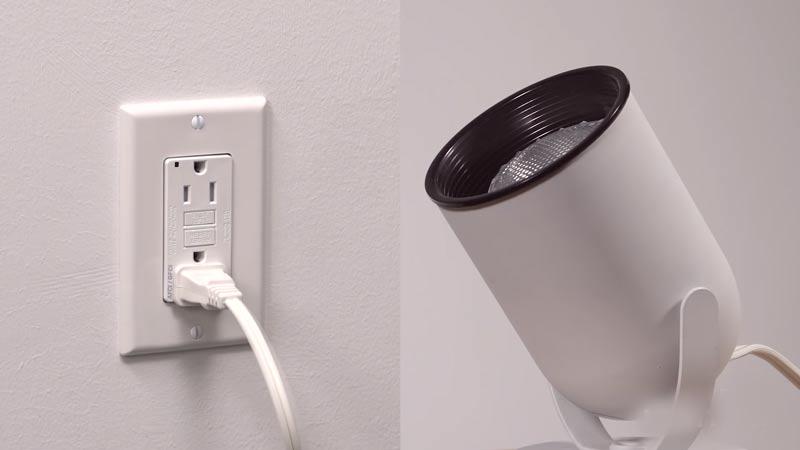
The ‘reset’ button helps repair any wiring issues in the outlet so that it can start protecting your home again as soon as possible. Indicator lights vary by manufacturer; typically, a green light indicates power is on and the device is working, while a red light or no light may indicate a trip or wiring fault. Always check the manufacturer’s instructions.
If there are no indicator lights, test the outlet with a voltage tester or by plugging in a lamp to verify it is working.
You’ll often find GFCI outlets in kitchens, bathrooms, garages, and outdoor areas where people are likely to sleep – such sockets are specially designed with safety in mind.
What is a Neutral Wire?
A neutral wire is needed in order to power and switch lights or appliances. It provides a return path for current back to the source, so your home stays powered up even when you’re not using it. Smart switches need this wire to stay operational all the time – whether you’re at home or away from your house.
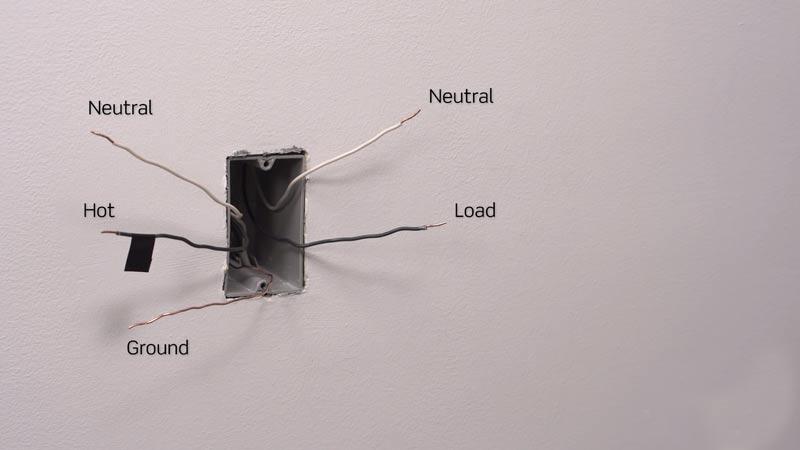
Make sure that you have one before purchasing any switches or dimmers, as they will not work without it. If you ever lose your neutral wire, be sure to call an electrician to replace it for you – it’s important for keeping your home safe and secure.
Will a GFCI Outlet Work without a Neutral?
A standard GFCI outlet requires a neutral to function. However, it will work without a ground wire. A properly grounded outlet has a metal connector at the plug that makes contact with the ground wire in your home. This connection provides a path for fault current to help trip the breaker.
It depends on your load whether a GFCI will work or not without a neutral. Let’s break down the issues:
If Your Circuit Doesn’t Have a Ground
A GFCI outlet will still work even if there is no ground wire present. This is because the GFCI uses the hot and neutral wires to create a balance of current to protect you from potentially dangerous electric shock.
With any GFCI outlet, you must use an appropriately rated plug to operate the GFCI outlet. If you can’t find a suitable plug for the outlet, you can use a GFCI extension cord to convert a standard plug to a GFCI plug.
For GFCI outlets installed in wet areas, use a GFCI circuit breaker to protect the outlet from electric shock. If you plan to use an extension cord to convert a standard outlet to a GFCI outlet, make sure the cord is grounded.
Use a GFCI circuit breaker to protect GFCI outlets installed in wet areas from electric shock.
Wiring Requirements
A standard 120V GFCI outlet requires a neutral wire to operate. Without the Neutral wire present, GFCI protection may not be effective.
The ground wire is usually a bare copper or green wire that is wired to the ground prong of the receptacle. It is considered to be the return path for the circuit and is used in order to have a continuous electrical path to the ground point of the circuit.
If the neutral wire is not connected, then the circuit cannot be properly completed. If you are unsure if your circuit requires a Neutral wire or not, it is best to ask a qualified electrician.
How to Install GFCI Outlet Properly
Many people use GFCI outlets in the kitchen in case an appliance like a toaster or electric coffee machine trips a breaker. However, if you don’t have a ground wire, a GFCI outlet is a code-compliant solution to improve safety.
Turn Off Power at the Main Circuit
GFCI outlets are designed to disconnect power to the circuit when a fault is detected. It is important to turn off power at the main circuit before installing a GFCI outlet. This is done by turning off the power at the main circuit breaker and verifying the power is off with a tester.
Remove the Old Outlet
Remove the old outlet and disconnect the wires. This will prevent the GFCI from recognizing the neutral wire as a hot wire.

Strip the Wires
Ensure the wires are stripped to the proper length. Do this by taking out the ground screw and pulling out the wires, including the ground wire.
Connect Other Outlets
Connect the Line hot and neutral wires to the Line terminals. Connect the ground wire to the green screw.
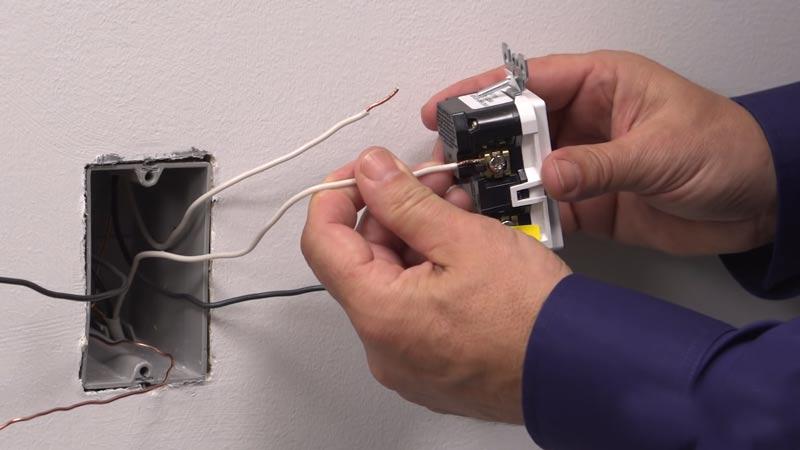
Label the Outlets
Label the outlets with “No Equipment Ground” stickers if no ground is present.
Is it Safe not to have Ground on a GFCI?
A GFCI works without a ground, but having a ground is safer. When using a GFCI outlet, it is important to have the neutral wire connected in order to protect the device. The neutral wire is the line that is connected to the original power source and is usually labeled as a white or gray wire. Let’s discuss the conditions.
- A ground fault circuit interrupter (GFCI) is a type of electrical outlet that is designed to protect you from electrical shocks. If you run electrical appliances that can be live, GFCI outlets are the safest way to protect you from shock hazards.
- A GFCI outlet has two wires connected to it. One of those wires is a neutral wire. When the GFCI outlet is supplying electricity to a cord or appliance, the neutral wire is grounded at the main service panel.
- When using a GFCI outlet, you should always plug appliances directly into the outlet. This is called a proper installation.
- If a GFCI outlet is not rated for use with a cord or appliance, it should not be used. If a GFCI outlet is rated for use with a cord or appliance, it may be safe to use it. However, you should check with an electrician to be sure.
- If your GFCI outlet has a neutral wire connected to it, it can protect you from an electrical hazard. If your GFCI outlet does not have a neutral wire connected to it, it will not work.
What does Neutral Wire Do in GFCI?
A GFCI outlet is a safety device that protects people from electric shocks. It is necessary to connect the neutral wire for the GFCI to function. Without a neutral wire, the outlet will not operate. If you connect a GFCI outlet to a circuit that has no neutral wire, it will not work.
The neutral wire is a safety device that will protect you and your family if you are away from your home and you are using GFCI outlets. If you are doing this, the neutral wire will prevent you from getting shocked if there is a fault in the circuit.
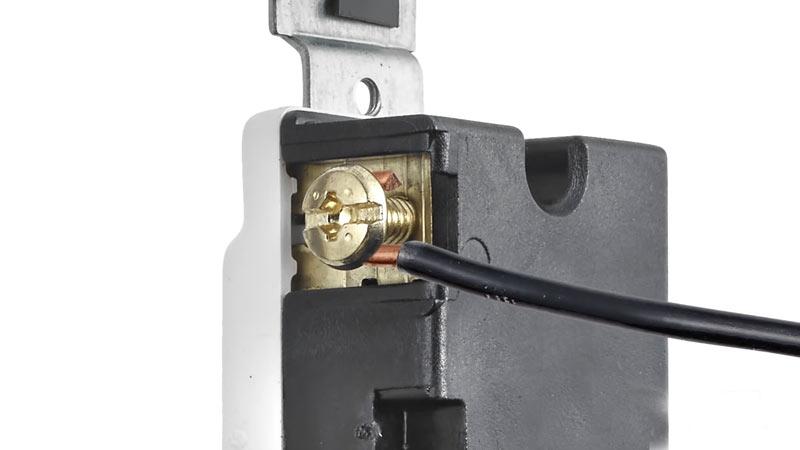
Ground-fault circuit interrupter (GFCI) outlets are designed to protect people from dangerous electrical shocks. The safety feature on GFCI outlets is a circuit breaker that’s activated by a small electrical current being sent. The GFCI monitors the balance of current between the hot and neutral wires. Ground-fault circuit interrupter outlets work by tripping and breaking the circuit if this ground current changes.
GFCI outlets don’t need a ground wire in order to work. Internal components function without a ground wire, but a ground connection connects to the green screw if available. The ground wire is part of the circuit and is attached to the ground connection. The ground wire is connected to the outlet and the outlet’s ground terminal.
GFCI without Neutral Wire
A GFCI requires a neutral wire to function. If you have shared neutrals, make sure to check with your electrician before wiring up your GFCI. The device may nuisance trip if not installed correctly and/or there is too much voltage on the circuit it protects.
You may also need to use additional protection like ground fault circuit interrupters (GFCIs) or lightning arrestors when sharing common wires with other devices and appliances in your home or office complex.
Shared neutrals are another significant challenge for GFCIs – especially when more than one appliance requires this type of protection on the same circuits. If you aren’t sure which one is neutral, you can easily test. Just use a voltage tester.
Will GFCI Work if not Grounded?
If you’re not using a ground wire on your GFCI outlet, it is permitted by code for upgrading ungrounded outlets and will work just fine like some junction boxes lack a ground wire. Even you can install light fixtures on existing ungrounded circuits. But having ground wire is safer, as it provides more security.
Simply label the outlet with the word “No Equipment Ground” to ensure that you meet code regulations. Always use caution when working around electrical wiring.
Be sure to consult an expert if you have any questions or concerns about installing or utilizing a GFCI outlet. Be safe and always follow all safety guidelines when in close proximity to power outlets. Also, you should have a better fuse system in your house as it doesn’t cost much.
Fix a Gfci Outlet that Keeps Tripping
When a GFCI outlet trips, the breaker stops working. This is usually because you have a shorted circuit or a ground fault in the outlet. If the outlet works when you unplug it, the problem is inside the outlet. You may have a ground fault or a wiring issue.
Step 1 – Unplug all the appliances connected to the circuit
In order to isolate a circuit, you have to unplug all the appliances connected to it. This will allow you to remove the circuit breaker from the outlet and check the wiring.
Step 2 – Reset the circuit on your circuit breaker
This will momentarily reset and power all circuits at the same time.
Step 3 – Wait several minutes
Wait a few minutes to see if the circuit will trip again.
Step 4 – Plug an appliance back in and turn it on
Plug the power back into the outlet.
Step 5 – Check to see that your circuit has not tripped
If the GFCI trips again with nothing plugged in, the problem is with the outlet or the wiring. If the circuit has tripped, then the problem is with the outlet or the wiring.
Frequently Asked Questions
What happens when a GFCI won’t reset?
If your outlet won’t reset, there may be a moisture buildup that’s preventing the GFCI from working properly. Turn off the breaker and check for debris, and then wait 10 minutes for it to reset before using it again.
You can also try disconnecting the power cord from the outlet and plugging it back in several times if that doesn’t work either. If none of these solutions work, you may need to call an electrician to check out the wiring inside of your home or replace your GFCI outlet altogether.
Should the light be on a GFCI outlet?
If you have a GFCI outlet in your home and the light does not turn on when plugged into it, there may be something wrong with the outlet itself. You can still use the GFCI outlet if you are sure that it is properly installed by checking for any wiring problems or neutral leakage from other outlets in the same circuit as your GFCI outlet.
If none of these solutions resolve the issue, then you should replace the compromised GFCI device immediately to ensure safety in your home. Make sure to call an electrician for help if this type of situation arises so that they can inspect and fix any potential electrical issues before anything bad happens.
Always follow proper installation instructions when installing a new appliance or fixture to avoid common problems down the road such as power surges, flickering lights, and more.
What does a solid red light on a GFCI outlet mean?
A solid red light usually indicates the GFCI has tripped or failed. Try to reset it; if it will not reset, replace the outlet. You must disconnect the power to the outlet. If the outlet is hardwired, you can check the neutral wire for a short circuit. If the outlet is plug-in, you can check the neutral wire for an open circuit. If the outlet is GFCI protected, you can check the GFCI receptacle for a problem.

